Cantaloupe – A Little History & Knowledge
The cantaloupe is a type of melon native to Africa and was likely first cultivated in ancient Egypt. The fruit was widely grown and enjoyed in ancient Rome, later introduced to Europe by the Moors in the 8th century. It is named after the Italian village of Cantalupo, where it was first grown in the 14th century.
Cantaloupe was introduced to the New World by Spanish and Portuguese explorers in the 16th century, and it quickly became a popular crop in many parts of the Americas. In the United States, cantaloupe was first grown in Massachusetts in the early 19th century, and it is now widely grown in many parts of the country, particularly in the western states.
What Doe Cantaloupe Look Like?
Cantaloupe is a round or oval-shaped melon with rough, warty skin that is typically green or gray in color. The fruit has a sweet, juicy flesh that is usually orange or yellow and is rich in vitamins and minerals, mainly vitamin C. Cantaloupe is often eaten fresh and is also used in various dishes such as fruit salads, smoothies, and sorbets.
There are many different varieties of cantaloupe, which can vary in size, shape, and color. The most common varieties include the Honeydew, the Casaba, and the Crenshaw. Cantaloupe is typically in season in the summer months and is often a staple of summer picnics and barbecues.
Where Does Canaloupe Get Its Name?
The cantaloupe is named after the Italian village of Cantalupo, where it was first grown in the 14th century. The word “cantaloupe” is derived from the Italian words “cantalupo,” which means “wolf’s lair,” and “cantalupensis,” which means “of Cantalupo.”
This is believed to reference the wolf’s lair near the village, which was reportedly a popular place to cultivate cantaloupe. Other names, such as rockmelon in Australia and honeydew in the United States also know the cantaloupe. In some parts of Europe, it is known as the “sweet melon,” and in India, it is known as the “muskmelon.”
How Do I Know If A Cantaloupe Is Ready To Purchase?
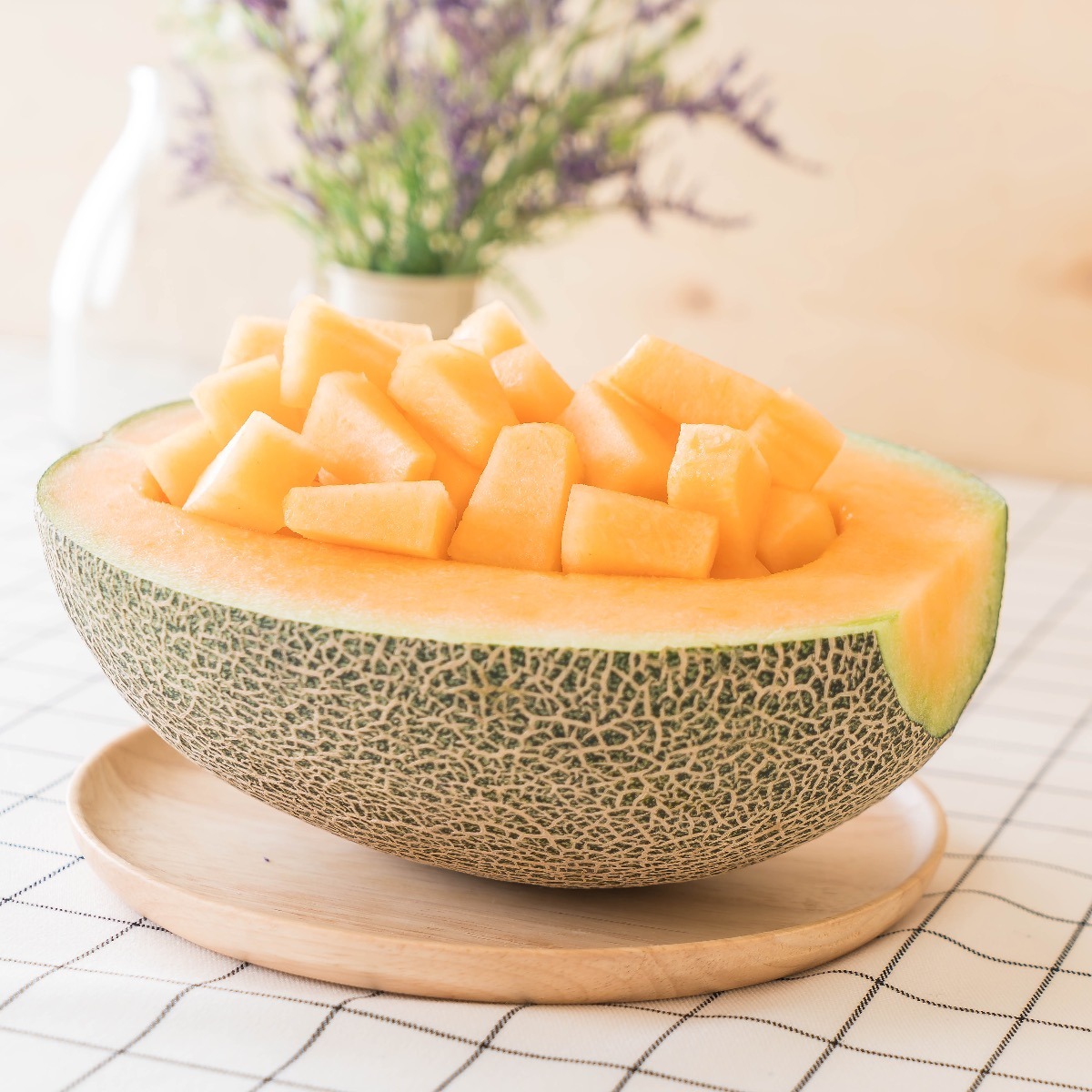
Here are a few ways to determine if a cantaloupe is ready to buy:
- Look at the color: The skin of a ripe cantaloupe should be a yellow or cream, with no green spots.
- Check the stem: The stem should be dry and shriveled. If the stem is still green and moist, it is not yet ripe.
- Feel the weight: A ripe cantaloupe should feel heavy for its size.
- Smell the cantaloupe: It should have a sweet, fragrant aroma. If it has no smell, it may not be ripe.
- Press the cantaloupe: Gently press the skin with your thumb. If it gives slightly, it is ripe. It is not yet ripe if it is hard and does not give.
It is also a good idea to avoid cantaloupes that have bruises, cuts, or soft spots, as these may indicate that the fruit is overripe or damaged.
What Are the Best Ways to Store Cantaloupes?
They should be stored at room temperature until they are ripe; at this point, they can be moved to the refrigerator to extend their shelf life. Here are a few tips for storing cantaloupes:
- Keep them away from direct sunlight: Exposure to sunlight can cause cantaloupes to spoil faster, so storing them in a cool, dark place is best.
- Don’t wash them until you are ready to use them: Washing the cantaloupe before storing it can cause it to spoil faster.
- Store ripe cantaloupes in the refrigerator: Once it is ripe, it should be stored in the refrigerator to extend its shelf life. Place it in a plastic bag or wrap it in plastic before storing it in the refrigerator.
- Use ripe cantaloupes within a few days: They should be used within a few days to ensure they are at their best quality. If you cannot use a ripe cantaloupe within a few days, you can slice it and freeze the slices for later use.
It is also a good idea to avoid storing them near other strong-smelling foods, as the cantaloupe may absorb the odors.
Are Cantaloupes Nutritious?
Yes, they are nutritious fruit that is rich in a variety of nutrients. One cup of cantaloupe contains the following nutrients:
- Vitamin C: This powerful antioxidant helps to boost the immune system and protect cells from damage. Cantaloupe is an excellent source of vitamin C, with a single cup providing approximately 100% of the recommended daily intake.
- Vitamin A is important for vision, immune function, and skin health. They are a good source of vitamin A, with a single cup providing approximately 25% of the recommended daily intake.
- Potassium: This essential mineral is vital for heart health and helps to regulate blood pressure. They are a good source of potassium, with a single cup providing approximately 15% of the recommended daily intake.
- Folate: This B vitamin is important for proper brain function and the production of red blood cells. Cantaloupe is a good source of folate, with a single cup providing approximately 10% of the recommended daily intake.
- Fiber: This nutrient is essential for digestive health and helps keep you full and satisfied. They are a good source of fiber, with a single cup providing approximately 2 grams.
Cantaloupe is also low in calories, with a single cup containing approximately 50 calories. It is a good source of hydration, with a high water content, and is often recommended as a snack for people trying to lose weight.
How Many Cantaloupes Does Each Plant Produce?
It is difficult to give a specific number of cantaloupes that each plant will produce, as many factors can affect the yield of a cantaloupe plant. These factors include the variety of the plant, the growing conditions, and the care that the plant receives.
The plant will generally produce one to two cantaloupes per plant, although some plants may produce more or fewer depending on the specific circumstances. For example, a plant grown in ideal conditions and receiving proper care may produce more cantaloupes than one grown in less favorable conditions or not well cared for.
It is also worth noting that cantaloupe plants can take up a lot of space, as they tend to spread out and have a sprawling habit. As a result, it is typically not practical to grow more than a few cantaloupe plants in a small garden space.
Are Their Skin Toxic?
Cantaloupe skin is not toxic and is generally considered safe to eat. There is thin and typically removed before the fruit is eaten, but it can be eaten if washed and adequately prepared.
The skin is fiber-rich and contains various nutrients, including antioxidants and flavonoids. Some people choose to eat the skin of a cantaloupe as a way to get more fiber and nutrients in their diet.
It is important to note that the skin of cantaloupe may contain pesticides or other chemicals if treated with them during the growing process. To reduce the risk of exposure to these chemicals, washing the skin thoroughly before eating it is a good idea.
If you are unsure about the safety of cantaloupe skin or have any concerns about your health, it is always a good idea to consult with a healthcare professional.
What Bacteria Grows On Cantaloupe?
Cantaloupe and other types of melons can become contaminated with bacteria such as Salmonella, Escherichia coli, and Listeria monocytogenes. These bacteria can cause foodborne illness and can be transmitted to humans by consuming contaminated melons.
Salmonella is a type of bacteria that is commonly found in raw poultry, eggs, and dairy products, but it can also be found on the surface of melons. It can cause symptoms such as diarrhea, fever, abdominal cramps, and vomiting.
Escherichia coli (E. coli) is a type of bacteria that is found in the intestinal tract of animals and humans. It can cause symptoms such as diarrhea, abdominal cramps, and fever.
Listeria monocytogenes is a type of bacteria that can cause serious illness, particularly in pregnant women, older adults, and people with weakened immune systems. It can cause symptoms such as fever, muscle aches, and diarrhea.
To reduce the risk of illness from bacteria on cantaloupes, it is important to handle the fruit properly and to wash it thoroughly before cutting into it. Avoid consuming visibly spoiled cantaloupes with an off smell is also a good idea.
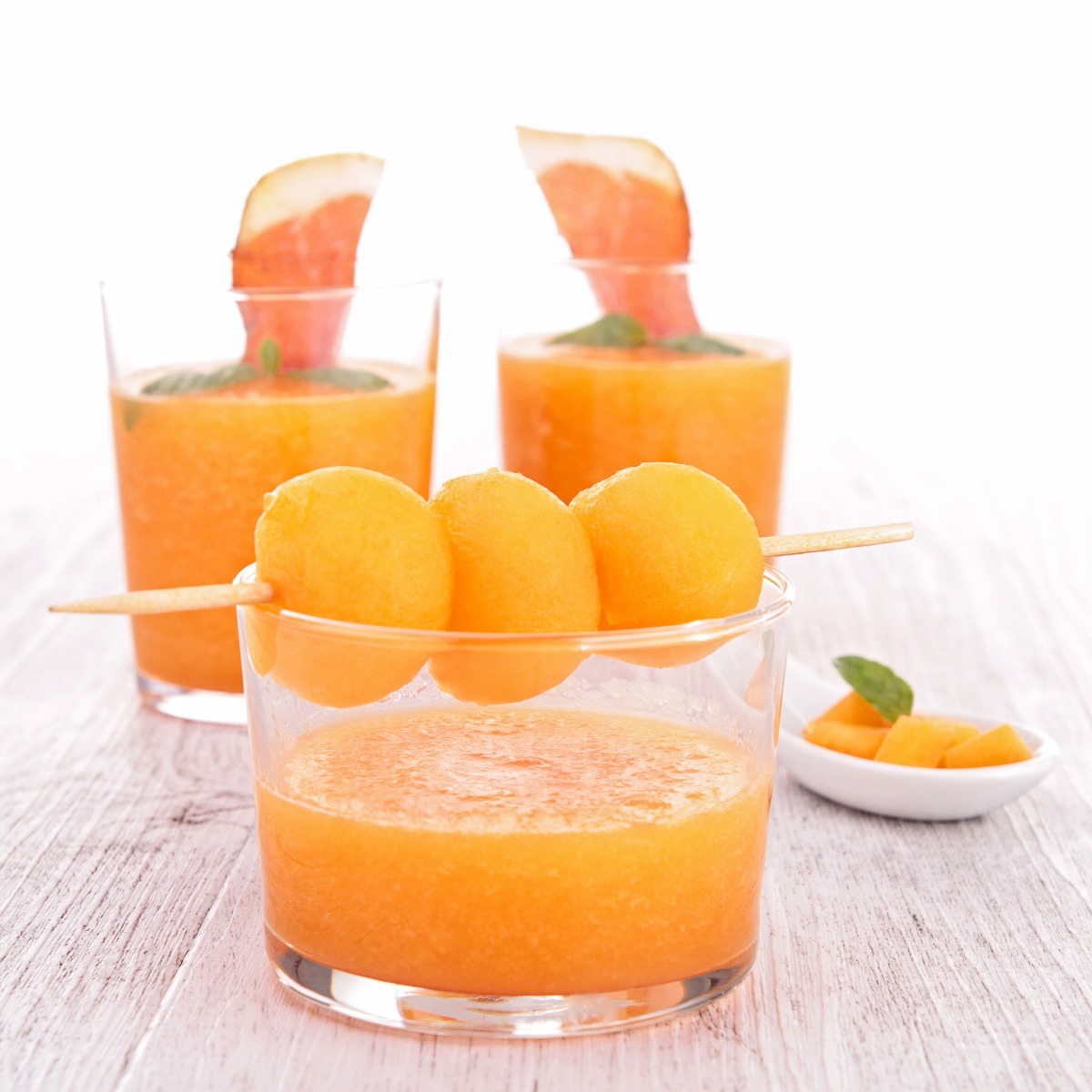
Cantaloupe Soup Recipe
Ingredients
- 1 cantaloupe peeled and diced
- ½ cup plain yogurt
- ½ cup water
- 2 tablespoons honey
- ¼ teaspoon salt
- ¼ teaspoon black pepper
- ¼ teaspoon ground cinnamon
- ¼ teaspoon ground nutmeg
Instructions
- In a blender or food processor, combine the cantaloupe, yogurt, water, honey, salt, pepper, cinnamon, and nutmeg. Blend until smooth.
- Pour the soup into a pot and heat over medium heat until it is hot. Do not boil.
- Serve the soup hot or chilled, garnished with a sprig of mint or a sprinkle of chopped nuts if desired.

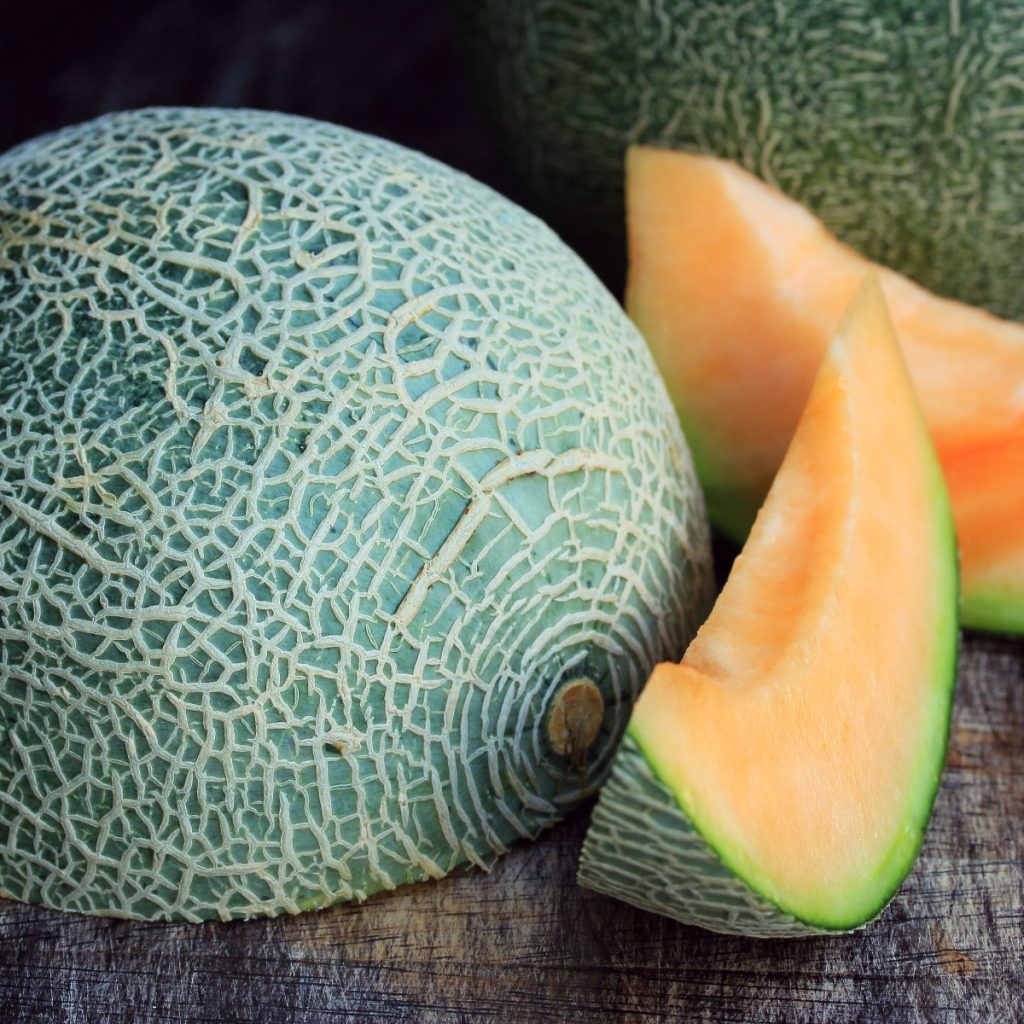
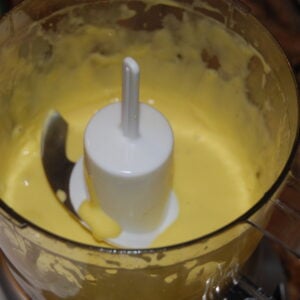

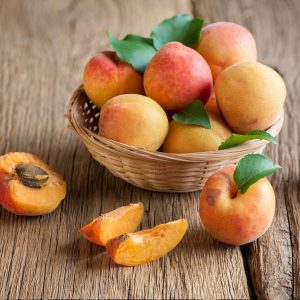
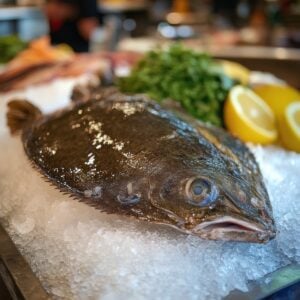








One Response
Thanks for “re-posting” the article, RG. I appreciate it!
Great article! I’ve recently started back towards the Mediterranian Diet and Cantaloupe fits in there nicely. And Cantaloupe being my most favorite melon, knowing the history and how to select is not only great, but very beneficial to me, as well.
Thank you!
—Rob—